Top-Pick Herbs for the Kitchen Garden
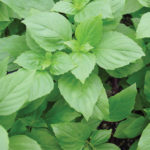
Basil (Ocimum sp.)
Basil is a winning herb: it is available in a smorgasbord of classic and worldly flavours and brings a smile to all who inhale its summery aromas. Most basil varieties start easily from seed, germinating quickly so long as temperatures are 21 C and warmer. The seedlings grow-like-mad when basked in light, and remain productive for three-to-nine months indoors. The reigning champ for indoors is Aussie Sweetie Basil, a non-flowering selection (thus no seeds, cuttings only) with delicious classic flavour and a wonderful growth habit for containers. This is always a fantastic herb to have in your kitchen garden.

Bay Leaf (Laurus nobilis)
A little like a parrot… bay laurel can be a life long companion when potted and wintered indoors! Bay thrives on bright light but handles the change of seasons easily making it well suited as a kitchen herb. The fresh leaves are a world apart from their dried counterparts. The plant is a very slow growing, so young plants can be harvested a half leaf at a time, while established plants can be snipped regularly. Bay plants are best purchased from a nursery due to specialized requirements for propagation. There are several named varieties of bay, and all are equally tasty and grower-friendly.
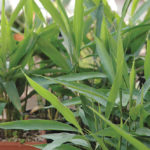
Galangal Ginger (Alpinia galanga)
For anyone who has ever fallen in love with south Asian cooking, galangal is a serious charmer. It is one of the few herbs that thrives in any exposure and does exceptionally well as a decor plant on a coffee table or on top of a book shelf. This is one good looking herb to add to your kitchen garden. The leaves are edible and can be used for chai tea, simmering with rice, and seasoning soups. Root pieces are a special kind of Thai ginger, and can be harvested once mature. But not to worry, roots can be harvested without killing the entire plant – just dig out small sections and tuck the remainder back into the pot.

Oregano (Origanum sp.)
When choosing an oregano, start by nibbling; there are dramatic differences of flavour and zest among oregano cultivars. The most flavourful have white flowers, and selections from warmer climates out perform perennial types by leaps and bounds when grown indoors. The most outstanding variety for kitchen gardeners is a chef’s treasure called Cretan oregano. It has an authentic southern Mediterranean flavour with kick, and thrives in the windowsill garden.
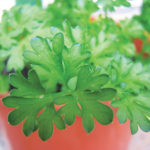
Parsley (Petroselinum sp.)
Easy going parsley is an excellent starter herb for indoors. Parsley is not so demanding when it comes to sunlight, and it remains productive across a variety of indoor temperatures. Cool windows work just fine! Start fresh parsley from seeds, or cut summer plants down to the base in September and allow them to grow back up indoors. The curled types yield best in pots, while flat leaf Italian varieties are often voted most flavourful.
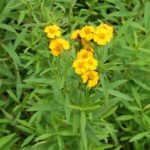
Mexican Tarragon (Tagetes lucida)
A lesser know herb, but absolutely a winner! This tarragon-mimic is actually an edible marigold with a fine tarragon-like flavour. The herb is grown extensively outdoors in southern climates, and thrives in a bright, warm setting indoors. A versatile herb to add to your kitchen garden, harvest the fresh leaves for use in everything from savory entrees to fruit based desserts. Mexican tarragon can be grown from seeds or cuttings.
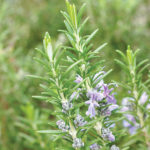
Rosemary (Rosmarinus officinalis)
With a little luck you may catch rosemary in bloom through the winter indoors. The shimmering blue flowers are edible, with a honey-rosemary flavour. Many varieties of rosemary exist, all variations on up-right or cascading growth styles, and all are roughly equal when it comes to complementing your next pan of roasted potatoes. Rosemary is best started from cuttings, so pick up a nursery grown plant and winter in a bright but cooler location.
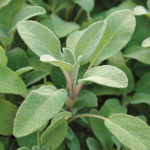
Sage (Salvia officinalis)
The warm, hearty flavour of sage pairs impeccably with many important winter dishes (think Thanksgiving and Christmas dinners). Colourful cutting-grown sages are available and perfectly at home indoors, while simple seed started plants also make excellent kitchen companions. Sage prefers lots of light and seedlings take six to eight weeks to establish – but the fresh taste is worth every bit of wait.
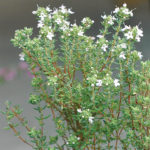
Thyme (Thymus sp.)
From seasoning soups to roasts, thyme is a kitchen classic. Just as with oregano, thyme selections possess a wide spectrum of deliciousness and suitability for indoors, so it is worth sampling before bringing one home (choice thyme varieties are generally grown from stem cuttings). Among the best for indoors is the gourmet Provençal thyme, a grey needled, up right variety that has such genuine French tones. Thyme thrives on ample sun and a fine balance between lots of water and just the right amount of drying, and a cooler windowsill suits thyme well through winter.
Photos and story by Dave Hanson
Dave Hanson is a gardening columnist and media personality with a life-long love of all things herbal, and the co-owner of Sage Garden Greenhouses in Winnipeg, Manitoba. For more information visit herbs.mb.ca.



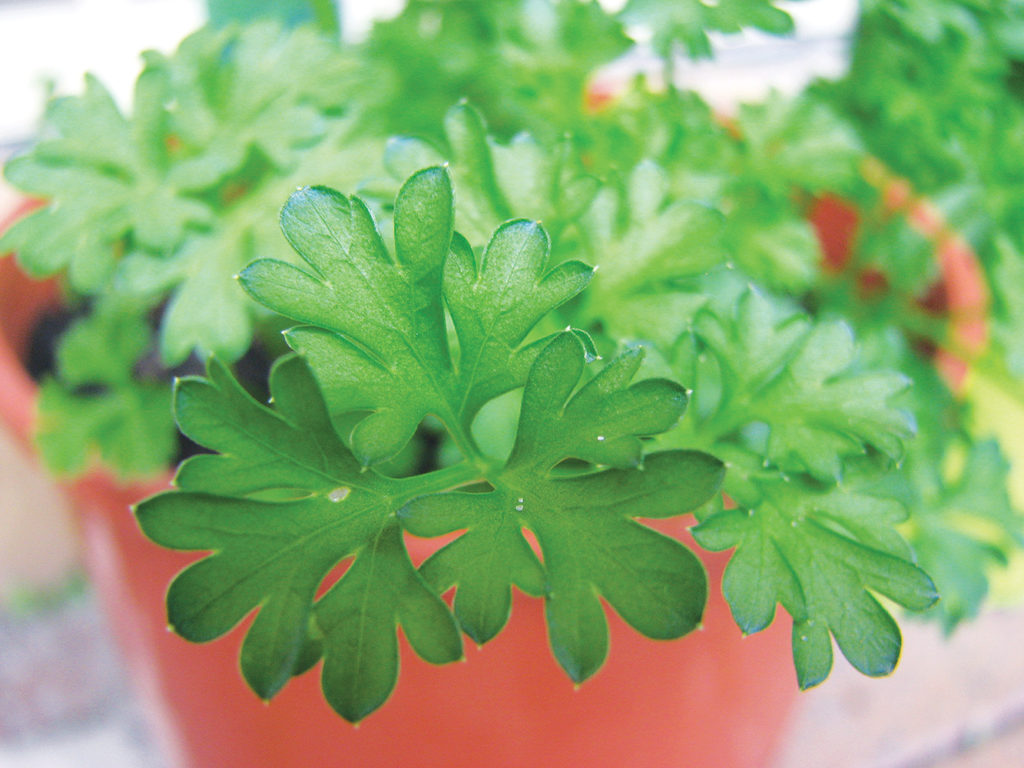
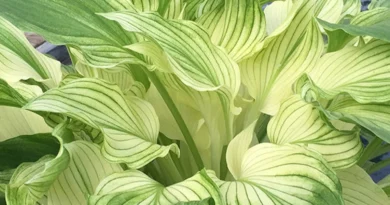
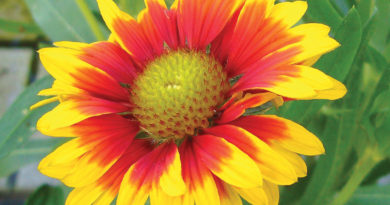

Pingback: Growing herbs for the kitchen window – Your LOCAL Gardener